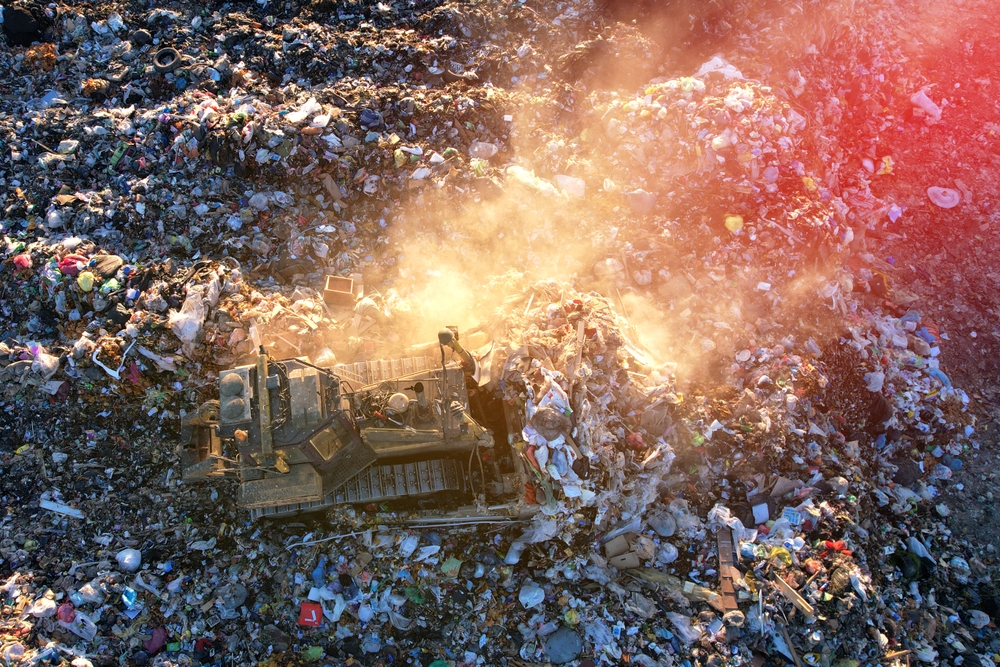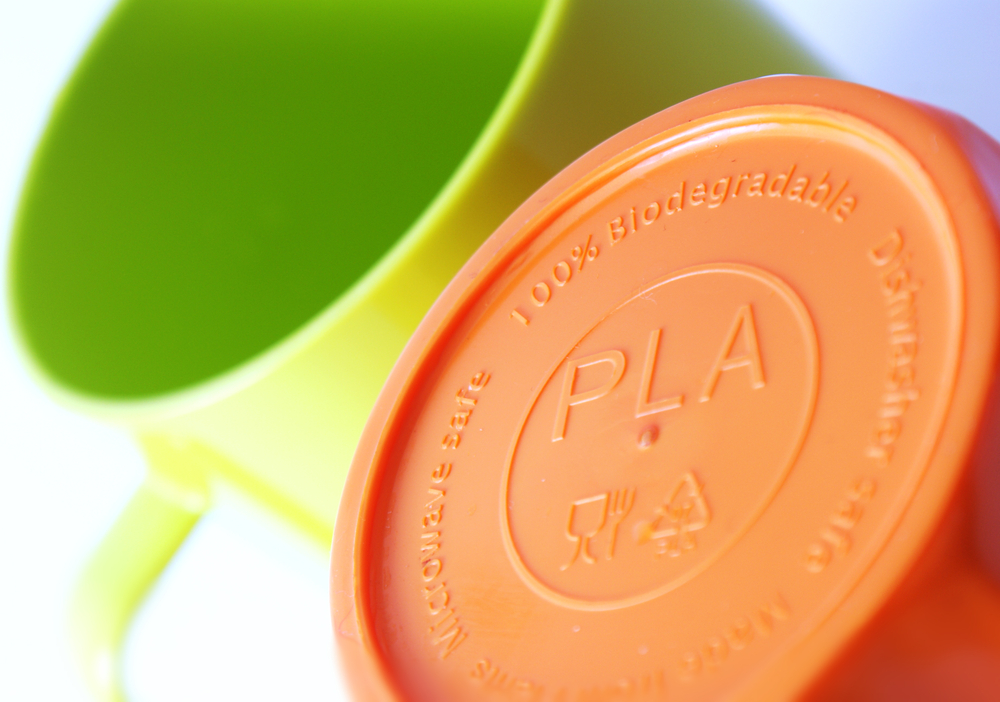Plastics are an important part of daily life. It can be made more environmentally friendly by using renewable resources. People rely on plastic because it is cheap, light, and useful in many fields such as medicine, construction, transport, and packaging.

However, most plastics are made from fossil fuels, which are non-renewable resources. Fossil fuels are hydrocarbons that take millions of years to form and a very long time to break down. As the world’s population grows, these limited resources are being used up faster.
Burning and producing fossil fuels also release toxic gases into the air and ocean, especially carbon dioxide (CO₂). This adds to pollution and climate change. Reducing the use of fossil fuels is one solution, but it is not enough to meet the world’s demand for plastic.

Because plastic is essential, scientists have searched for better ways to make it. One solution is biodegradable plastic, which comes from renewable sources. A common example is polylactic acid (PLA), made from food waste through a process called dark fermentation. Bacteria can break it down easily when the right conditions are met.
When microorganisms decompose lactic acid, they release CO₂, but this carbon originally came from plants. This means the net greenhouse gas emission is close to zero, making renewable plastics much cleaner for the planet.

Biodegradable plastics have also created new economic opportunities. Many companies, such as Ecoware, now use green plastics to reduce their carbon footprint. This shift benefits both producers and consumers, especially as awareness of pollution increases.
The good news is that renewable plastic production does not take away farmland for food. According to European Bioplastics, only 0.016% of land was used for raw materials in 2019, and this may increase only slightly to 0.021% by 2024. This shows that food supply is not affected while greenhouse gas emissions are reduced — a win for both the environment and the economy.
Still, there are some misunderstandings about biodegradable plastics. Many people think they can be thrown away anywhere and will fully break down. A study found that some “biodegradable” bags left in the ocean for three years did not decompose because the right conditions were missing. Even though these plastics are easier to break down, littering them still harms the planet.
In conclusion, renewable plastics help reduce fossil fuel use and lower CO₂ emissions. The use of PLA made from waste has brought many benefits to society and the environment. However, biodegradable plastics are not a complete solution to pollution — they only work if producers and consumers act responsibly. Scientists continue to look for even better ways to solve the plastic problem.
Aisya Sofea Zamari is studying for a Bachelor of Arts in Psychology at the University of Queensland.




